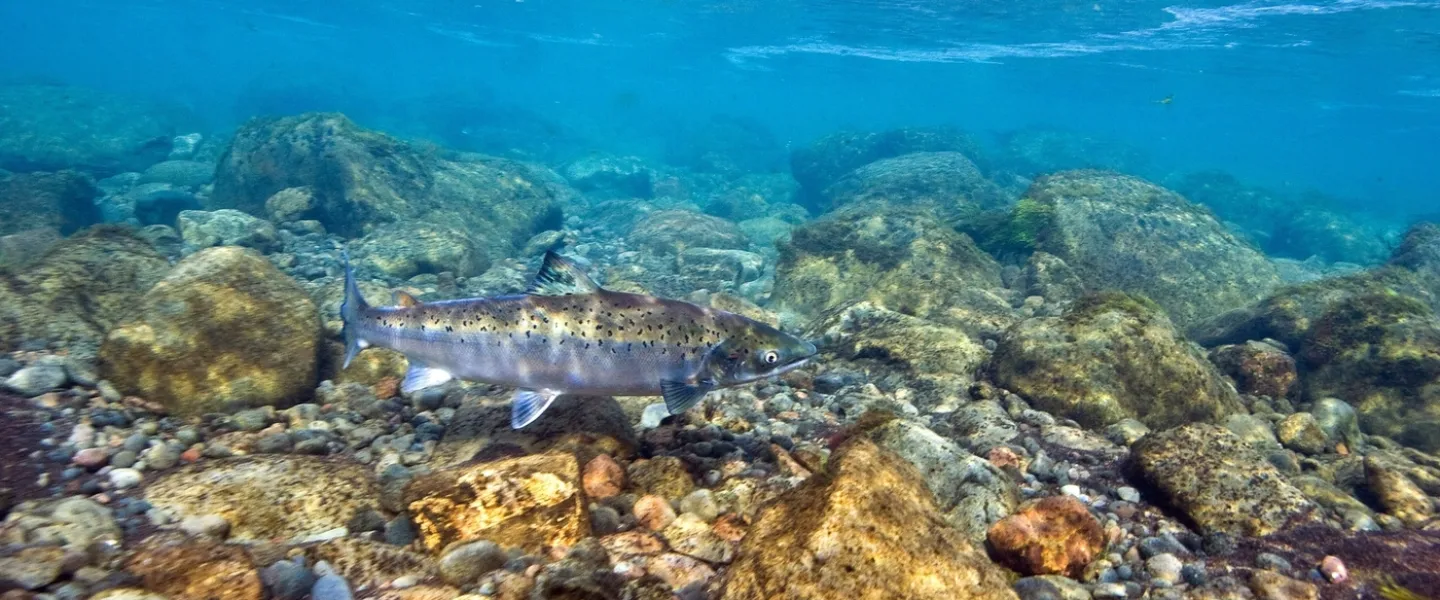
Recently, there has been a lot of discussion in the University community and wider society about the potential applications of artificial intelligence. Scientists have been discovering and testing new ways to use AI in research and other academic work. At the University of Iceland, Hafsteinn Einarsson, lecturer at the Faculty of Industrial Engineering, Mechanical Engineering and Computer Science, has been particularly active in this area. Along with his students and colleagues at the Marine Research Institute, he is exploring how AI can be used to identify fish species.
This is not the first time that Hafsteinn has worked with the Marine Research Institute; last summer he managed a project looking at whether AI could be used to determine the age of fish. "The Marine Research Institute needs to evaluate the age distribution of Icelandic fish populations in order to calculate quotas. It's important to collect accurate data on age distribution to avoid overfishing. The age of a fish is determined by counting growth rings in the otoliths, which are calcium carbonate structures in the fish's head. Otoliths constantly accumulate material as the fish ages, at a faster rate in the summer than in the winter, which means they can be used to see how old the fish is, just like growth rings in a tree," explains Hafsteinn, who worked on that project with the Master's students Andrea Rakel Sigurðardóttir and Þór Sverrisson. The findings will be published in the academic journal Ecological Informatics in September 2023.
Data spanning 30 years
In his current project, Hafsteinn and his colleagues are exploring whether an automated procedure using AI could identify the species of freshwater fish captured by fish counting machines. "The counting machines have been part of the Marine Research Institute's monitoring of fishing rivers for three decades. They have provided important data about the size of the salmon population, which helps fishing associations honour their legal commitments to sustainable fishing of commercial stock," says Hafsteinn.
There are around 20 fish counting machines in Icelandic rivers, run by the Marine Research Institute as well as fishing associations. The data collected is used to evaluate the size of freshwater fish populations. "Over 14,000 salmon and around 5,000 trout pass through the counting machines every year, so you can imagine the enormous amount of data that has been collected over the last 30 years," says Hafsteinn.
Hafsteinn is working with two experts at the Marine Research Institute, Hlynur Bárðarson and Jóhannes Guðbrandsson, who advise governments and fishing associations on the exploitation and conservation of freshwater fish stock. Two University of Iceland students are also involved with the project: João Rodrigo Da Silva Martins, a Master's student in applied statistics, and Ngo Yin Wong, an exchange student in computer science from Hong Kong. They have received grants from the Student Innovation Fund, which supports students to take part in research work over the summer.
Could be used in the fight to keep farmed fish out of rivers
Hafsteinn explains that the project also aims to explore the potential for AI image processing to identify the species of fish swimming through the counting machine in real time. This could be used to prevent farmed fish or invasive species swimming upriver.



